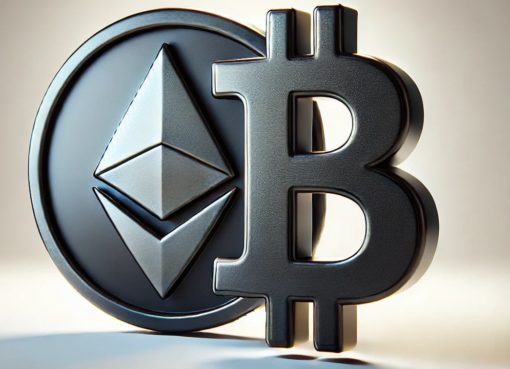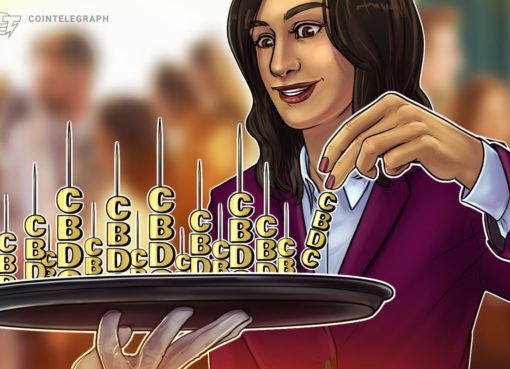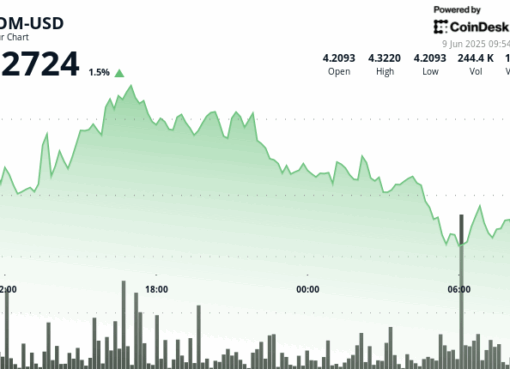Robinhood, a platform that allows the commission-free trading of, among other instruments, cryptocurrencies, via a mobile app, has halted the depositing and trading of USDC.
Robinhood temporarily pauses depositing and trading of USDC
Reports on Mar. 11 show that the trading portal has temporarily paused the trading and depositing of USDC. The stablecoin is currently under pressure and has de-pegged versus the greenback.
Robinhood clarified that USDC withdrawal remains open.
Trackers reveal that USDC is trading at $0.96 versus the USD, recovering after plunging to as low as $0.84 in previous sessions. Token holders are exiting to other stablecoins, including the USDT and fiat currencies.
USDC holders in Coinbase and Binance have to wait until Mar. 13 before converting their holdings to fiat or BUSD. Coinbase said because of “heightened market activity,” they rely on bank transfers that clear during regular business hours. Binance, on the other hand, said they are monitoring the situation.
Presently, Robinhood supports the direct depositing and trading of 17 cryptocurrencies, including bitcoin (BTC), ethereum (ETH), and litecoin (LTC). USDC is also the only stablecoin listed on the exchange.
Robinhood partnered with Circle in September 2022, providing the exchange’s clients an option to deposit and trade the stablecoin.
While they are said to have paused depositing and trading USDC, Robinhood is yet to delist the stablecoin.
This can be a vote of confidence when USDC is under immense pressure, and users are scrambling for the exits.
Silicon Valley Bank contagion
USDC remains under pressure and contending with a deluge of redemption demands.
This follows news that Circle, the issuer of USDC, had a $3.3b exposure to the collapsed Silicon Valley Bank (SVB). The bank folded after failing to raise funds.
Subsequently, regulators in California placed the bank under the United States Federal Deposit Insurance Corporation (FDIC). As a receiver, the agency will liquidate the tech lender’s assets to pay creditors and depositors.
While Circle might receive over 90% of the $3.3b stuck in SVB, there will be a loss of roughly $200m. However, the amount could be filled from interest payments from their United States Treasuries exposure. Approximately 75% of Circle’s reserves that back the USDC are locked in short-term United States government bonds.




